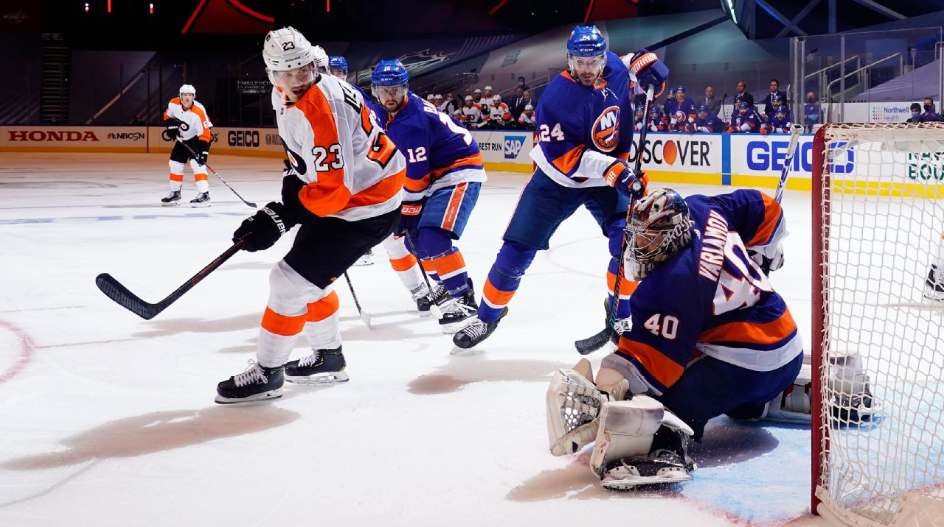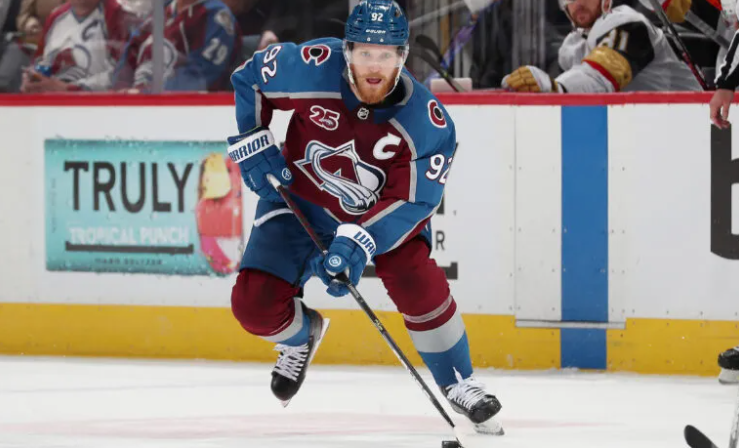
Hockey’s strangest rules
If you really think about it, field hockey in itself is a very strange game. It’s exciting and fun to play, but when you really deconstruct the game, it’s kind of funny to think about.
A group of players skating and chasing a piece of rubber with bent sticks? Imagine trying to explain that to someone who has never heard of field hockey! Isn’t it appropriate, then, that such a strange game as field hockey has really strange rules that players must follow? We know about all the normal rules that come up during broadcasts, but what about some of the more absurd rules that we rarely hear about? Let’s take a look at some of the strangest rules in a sport like field hockey!
Goalkeepers must use white tape on their stick

Could there be anything more absurd than controlling the color of the tape a goalie can use for his stick? Well, apparently this is something the NHL is serious about, as it is in the official NHL rulebook. NHL Rule 10.2 says, “In the case of a goalie’s stick, there shall be a knob of white tape or some other protective material approved by the league.” Why does the league specify the color of the goalie stick tape in such detail? Probably to give the ref or goal judge a clear and unobstructed view of where the puck is. When you put it that way, it makes sense. If there’s a scramble in front of the net, you can mistake the goalie’s stick knob for the puck. So, as strange as this rule may seem, it actually works in favor of the goalie.
Teams can only have one goalkeeper on the ice
What seems pretty obvious, doesn’t it? Why would a team think to have more than one goalie on the ice? Wait, when you say it like that, it’s brilliant! Can you imagine the anarchy on the ice if a team could send a second goalie? Imagine a 5-on-3 penalty with one skater and two goalies guarding the net. It would be a very interesting encounter and a big change in strategy. Actually, goal scoring would be much worse in field hockey if there were two goalies guarding the net, so it’s probably best that NHL Rule 5.3 exists in the NHL rulebook.
If no referee or linesman is able to run the competition, players can take over
These rules get more and more absurd the more you read them. But this is another rule that is officially in the NHL’s rules and regulations. The exact wording says: if due to misfortune or illness the designated referees and linesmen are unable to attend, the league will make every attempt to find suitable replacement officials, otherwise the Managers or Coaches of both clubs will agree on referees and linesmen. This is a long-winded way of saying that if there are no officials and the league can’t find a replacement, then the players from each side will have to officiate their own game. This brings me back to the days of street field hockey, where you call your own penalties and high stick. Now I know this will probably never happen in an NHL game, but it’s hard to imagine how players would be able to remain impartial. Would you call a penalty on your teammate? Or reverse a goal for your own team?
Too many people? That could end up in a penalty kick

Wait, isn’t too many people on the ice a simple minor penalty? Well, it is and it isn’t. If there are too many people on the ice by accident, it is a minor penalty. However, there are those who have done this intentionally in the past, and the league has had to change its rules accordingly. Legendary coach Roger Neilson pushed the boundaries of NHL regulations all the time. In this case, Nielsen continued to send players out during a 5-on-3 penalty, knowing that his team could no longer be penalized. There have been other situations where coaches have intentionally interrupted an odd-man breakaway or breakaway by sending another defenseman overboard. Seems like a smart strategy, right? So clever, in fact, that the league had to introduce a rule to penalize teams with penalty kicks if they intentionally sent too many people onto the ice.
A team can’t just bring in a goalkeeper on a penalty kick
Let’s say your team just intentionally sent too many people over the boards and was penalized with a penalty kick against. How can the coach mess up the officials’ play even more? By trying to change his goalkeeper to a substitute who is sitting on the bench. That seems to break the rules, doesn’t it? Technically, you can change your goalkeeper for the duration of the penalty kick, but you can’t change him back after the penalty kick is over. Coaches will have to wait until the next whistle or halftime if they want to bring their starting goalkeeper back into the game. Why is this the case? I’m not entirely sure, and in the case of this rule, I couldn’t even come up with a logical reason from the league. Interestingly, coaches are allowed to change goalkeepers during shootouts if the game is not decided during overtime. If the coach knows that one goalkeeper is better at penalty kicks than the other, then changing to that goalkeeper during the shootout makes sense. The new goalkeeper will also be fresh, having not played for the previous 65 minutes of the game!